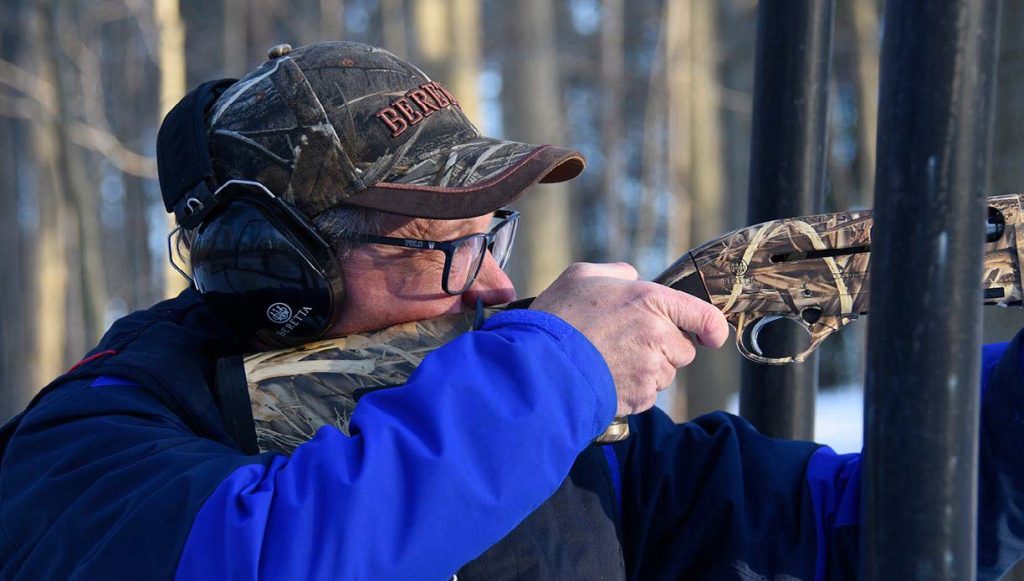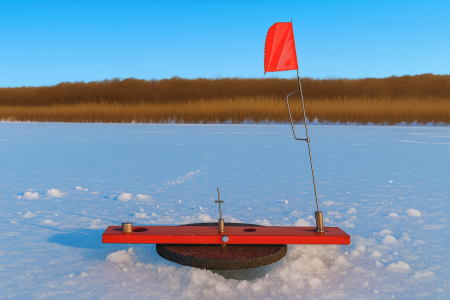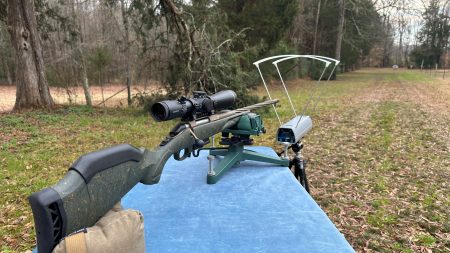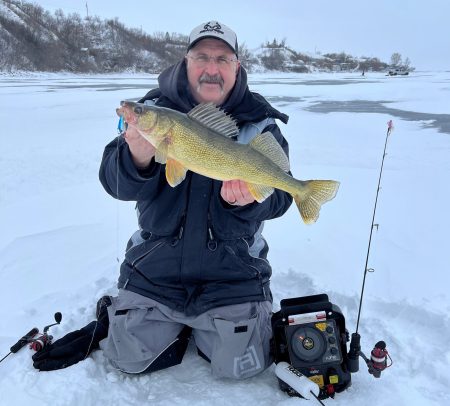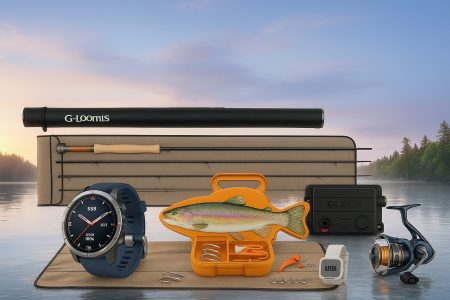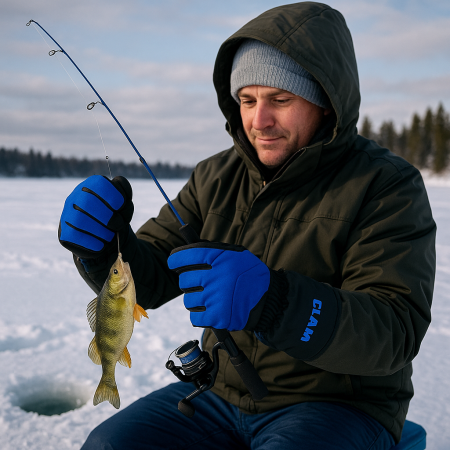Pitting themselves against the wariest wildlife, hunters need to have all their senses at their peak. The trouble is that many hunters have a compromised sense of hearing due to repeated exposure to gunfire.
The latest in electronics can help hunters hear better. And for those who don’t yet have hearing loss, the equipment to protect hearing is better than it has ever been.
Hearing loss starts at any noise exposure above 140 decibels (dB). The quietest of firearms, the .22 rimfire, creates 140 dB. Centerfire rifles and shotguns are noisier, producing 160 to 170 dB.
You need to realize that decibel increases are not on a linear scale but follow an exponential one. Each 10 dB increase is perceived as a two-fold increase in sound volume. This means a 160 dB gunshot is four times louder than a 140 dB shot.
The National Institute for Occupational Safety and Health (NIOSH) completed a study looking at gunfire-induced hearing loss. The study stated that a ringing of the ears and a feeling of fullness in the ears results from unprotected exposure to firearms. The Institute says that isn’t exposed to a single gunshot above the 140 dB threshold is not the only factor impacting hearing loss because the duration and number of shots are also factors. The reverberation from an indoor shooting range, as well as noise bouncing off buildings outside, can make the hearing loss more intense.
NIOSH recommends that hunters and shooters use double hearing protection each time a gun is fired. According to NIOSH, double protection means using both deep-seated earplugs and earmuffs. One caution: the earmuffs must be sealed against the skull when safety or prescription glasses are worn.
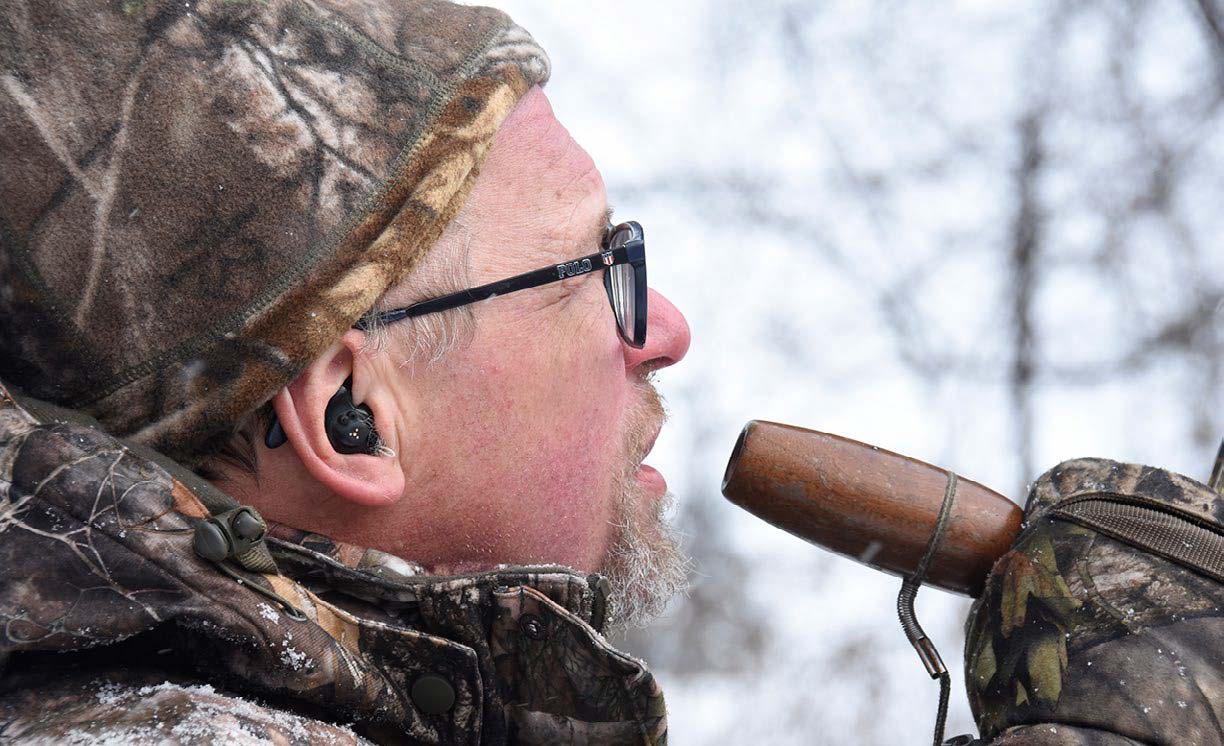
The study also looked at voice-activated hearing muffs. Typically, these have a microphone and amplifier. The amplification helps offset hearing loss for hunters. When the noise level crosses a safe threshold, the microphone turns off and the plug or muff blocks all noise.
Typical earplugs reduce the sound level by 10 to 30 dB. Earmuffs vary from 20 to 38 dB reduction.
NIOSH also looked at the maximum number of shots that can be safely endured without hearing loss. This is key to target shooters. Using the David Clark Model 27 earmuff with 31 dB of noise reduction, and a 12-gauge shotgun, the peak level was reduced to 130 dB. However, at that level, only five shots are recommended by the NIOSH formula per 24 hours. Remember, most shotgun sports involve shooting a minimum of 25 shots per round, and sometimes a maximum of a few hundred shots in a day. When the foam earplugs are used in combination with the earmuffs, the safe number of shots per day jumps exponentially to 1,200 per day.
An American Speech-Language-Hearing Association bulletin by Michael Stewart, a professor of audiology at Central Michigan University, had a few other pointers. These included:
- Muzzle brakes can make firearms louder.
- The left ear in right-handed shooters will suffer more damage than the right ear; that’s because the left ear is closer to the muzzle and the right ear is partially protected from the noise by the head.
- People with high-frequency hearing loss may say they can hear what is being said but that it doesn’t sound clear.
- Those with a serious problem may develop a ringing in their ears. Called tinnitus, the ringing can be permanent.

Background
I have gunshot-induced hearing loss, which is worse in the left ear than in the right. I am of the generation who always used hearing protectors while target shooting, rather than at the rifle range or shooting trap or for other shotgun sports. The same didn’t apply to hunting. There were those days when the ducks were flying and the number of shells shot was higher. Like most hunters, fewer shots were fired when hunting upland game or big game.
I have never had a lot of luck with earplugs fitting well in my ears, but I started using them when duck hunting because of the multiple shots. I tried electronic muffs but found that they cut out when blowing my call, which can be distracting. I did find the rifle range was the loudest and started wearing earplugs under earmuffs there.
Foam Ear Plugs
These plugs are the most economical. Every hunter and shooter should have a few pairs on hand as a backup. While no one is going to wear them while on a big game or turkey hunt, they do come in handy when duck hunting, as a backup for a shooting bag, or used in combination with electronic muffs at the range. These are the most economical, costing less than $1 per pair. These usually reduce the noise by 10 to 30 dB.

Standard Earmuffs
Earmuffs step up hearing protection by a level, reducing noise by 20 to 38 dB. The key thing to watch is that there is a good seal between the seal of the muff and the shooter’s head. This is easy if glasses aren’t worn, but it is trickier if wearing glasses. The cost range is $10 to $50.
Electronic Earmuffs
The protection level for these is the same as for standard earmuffs, but the electronic ones allow normal hearing or enhanced amplification with microphones on the shell of the muff shells. My experience using Walker’s Game Ears is that electronic muffs work well except for some cutting out when duck hunting and calling. The price range for electronic earmuffs is $20 to $100.
Electronic Earbuds
In much the same way that electronic earmuffs work, electronic earbuds have a similar noise reduction rating compared to foam plugs. The design ranges from quite simple to digital sound with Bluetooth capabilities.
I tested the Howard Leight Impact Sport while turkey hunting last spring. They feature 29 dB noise reduction, six times sound amplification, and cut out when noise exceeds 85 dB. These come with three different-sized foam inserts for different ear sizes. They fit on the main unit. Like my experience with traditional foam inserts, I found that these didn’t fit me well. That isn’t a strike against them, just a personal issue. One thing I found was there was feedback at higher volumes. Adjustments and power are on the earbud body. After talking to a Howard Leight representative, I was told the hearing protector should be put in first and then turned on. This solved the feedback problem.
The price of electronic earplugs can be as little as $50 to several hundred dollars.
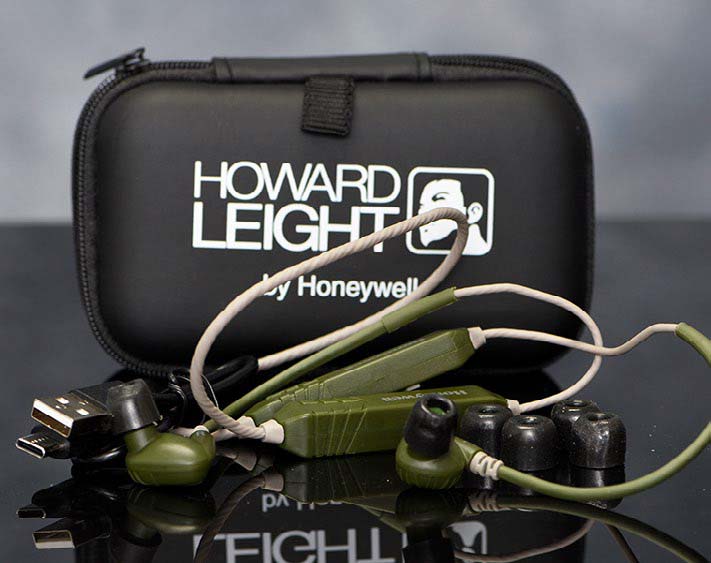
Custom Fit Earbuds
As a trap shooter, I always noticed how serious shooters had custom-fit earbuds. They told me these fit them better and were more effective at stopping noise.
I tested the SoundGear Phantom, which is the world’s first custom Bluetooth-compatible and rechargeable hearing aid and protection device. It has a 22 dB noise reduction rating and can provide a boost of 30 dB amplification. It comes with a lanyard that fastens to each of the hearing protectors to prevent loss. It also comes with a field case and charger.
Using the Phantoms on a goose hunt, I found they did not cut out when calling. They also stayed put in my ears despite a slide on the ice the day of the hunt. My conclusion was that I had found the ideal ear protectors for hunting that would not only dampen the noise but also enhance my hearing.
On the shooting range, the Phantom’s 22 dB noise reduction rating isn’t enough for shooting a round of trap or a couple of dozen shots through a centrefire rifle according to NIOSH standards. I am still experimenting with using them in combination with a standard pair of earmuffs or electronic muffs. I am excited about the possibility of trying Bluetooth music while trap shooting, knowing that some competitive shooters find playing music helps them concentrate. It might be time for Luke Bryan’s “Huntin’, Fishin’, Lovin’” on the trap range.
It’s imperative for all shooters to explore the options and combinations of hearing protection. The future of their hearing depends on it.
Per our affiliate disclosure, we may earn revenue from the products available on this page. To learn more about how we test gear, click here.






